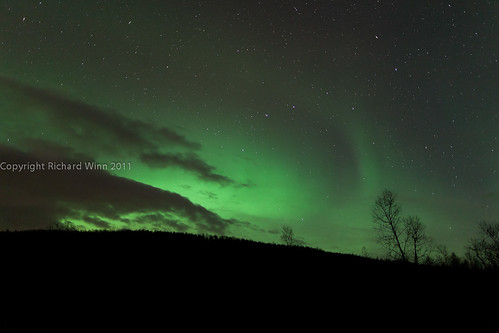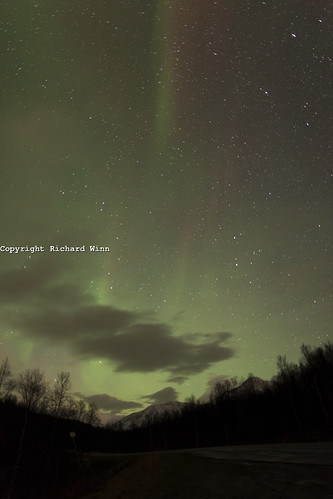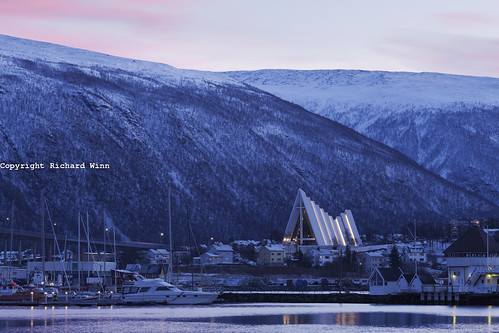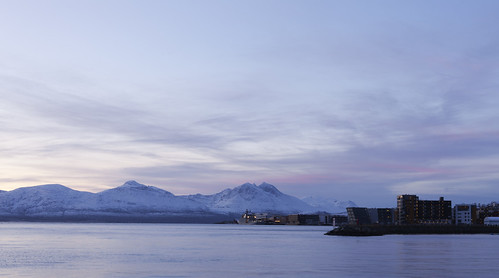scrappydog said:
Can you provide any tips? I think a northern lights trip is in my near future.
I do some northern light shooting, and as you already noted, fast and wide lenses are ideal. The EF 15/2.8 Fisheye is a very good and reasonably priced alternative for FF, otherwise the EF-S 10-22/3.5-4.5 has worked very well for me on APS-C. The EF 24/1.4L II on FF is about the ultimate (but pricey) if the northern lights are not right above you, covering the full sky (in which case a wider angle is better). Depth of field is normally not an issue for celestial targets, so shoot wide open. An exception may be made if you want foreground objects in focus as well (making more interesting compositions).
A tip is to try to keep your exposures down to less than 30s, preferably even 10s if possible, as the aurorae are dynamic and change over those timescales. Longer exposures therefore tend to show less structure due to motion blur (you can use this for interesting effects as well). For fainter aurorae don't be afraid to push up the ISO to 1600-3200 as you will likely not need to resolve very small details in the images anyway, meaning they can take some heavy processing. An exception is if you're attempting to get a sharp silhouette, like in the nice tree example by Kernuak above. As always, iso, aperture and exposure time will be trade-offs.
Use manual focus and live view with max zoom-in to focus on a bright star or distant street lamp (unless your primary subject is more closely).
What really helps your image of an auora is if you can get to an as dark place as possible with limited light pollution from street lights etc. It makes a huge difference for these faint surface structures!
Aurorae require patience, the intensity can change dramatically over 10's of minutes; if they don't look good to start with, don't dispair; they might grow much brighter in the comiang hours. In my experience, aurorae are best after midnight. Depending on where you are, there are aurora forecast webpages you can consult to better plan your night.
A useful method is to make time-lapse phtography of aurorae. You can just start your camera and take contiuous images for a few hours. Later you can pick out the moment where the aurora was most impressive. And you can make a cool movie showing how the aurorae move in front of a background of slowly moving stars (due to Earth rotation; the stars move about 0-15 degrees in an hour depending on where you look).











